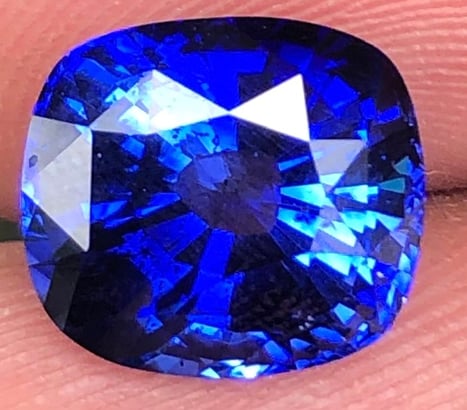The Majestic Allure of Sapphire
12/7/20242 min läsa


Introduction to Sapphire
Sapphire, a precious gemstone known for its breathtaking beauty and durability, has captivated humanity for centuries. Historically associated with nobility and divine favor, sapphires have been featured in royal crowns, engagement rings, and even the adornments of clergy. This blog post aims to explore the intricate history, defining characteristics, and significance of sapphires, enriching your knowledge about this magnificent gemstone.
Historical Significance of Sapphire
The history of sapphire dates back to ancient civilizations where it was revered for its beauty and perceived mystical properties. In ancient Persia, it was believed that the earth rested upon a giant sapphire, reflecting the sky’s blue hue. In the Middle Ages, sapphires were considered symbols of heaven, leading to their frequent use in church decorations. Moreover, sapphires were believed to protect their wearers from envy and harm, enhancing their desirability amongst the elite.
Sapphires gained further prominence during the reign of King Solomon, who loved the captivating gemstone for its connection to divinity. In recent history, the royal engagement of Princess Diana and Prince Charles brought sapphires into the limelight, making the stunning blue stone a popular choice for modern engagement rings.
Characteristics of Sapphire
Sapphires belong to the corundum family, with their mesmerizing hue primarily due to the presence of various trace elements such as iron and titanium. While blue sapphires are the most well-known, they also come in other shades, including pink, yellow, and green, each with unique appeal. The color of a sapphire can profoundly influence its value, with deep, vivid blue stones generally commanding the highest prices.
In terms of physical properties, sapphires are renowned for their hardness, second only to diamonds, making them an ideal choice for jewelry that withstands daily wear. The Mohs hardness scale rates sapphires at a solid 9 out of 10, ensuring their durability and longevity.
Additionally, sapphires exhibit remarkable optical phenomena such as asterism, where a star-like shape appears on the surface of the stone when cut en cabochon. This effect occurs due to inclusions within the stone, resulting in a captivating display of brilliance.
The Cultural Impact of Sapphire
Beyond their physical beauty, sapphires have held significant cultural value throughout history. As symbols of wisdom, loyalty, and nobility, they continue to feature prominently in various cultural contexts. In some cultures, sapphires are believed to provide spiritual insight and guidance, making them popular in holistic practices.
Sapphires also play a substantial role in contemporary craftsmanship, with skilled artisans crafting exquisite jewelry pieces that celebrate this gem's allure. Whether used in heirloom pieces or modern designs, sapphires command attention and admiration.
Conclusion
In summary, the sapphire is not merely a beautiful stone; it embodies a rich history and augmented cultural significance. Understanding the historical context, remarkable characteristics, and cultural importance of sapphires elevates our appreciation for this gemstone. Its enduring allure makes it a timeless choice for personal adornment and a cherished symbol of elegance and sophistication.








Ädelstenar
kontakta oss
prenumerera
hello@axinita.com
0730 44 58 55
© 2024. All rights reserved.
Rådhusesplanaden 6 F,
903 28, Umeå
